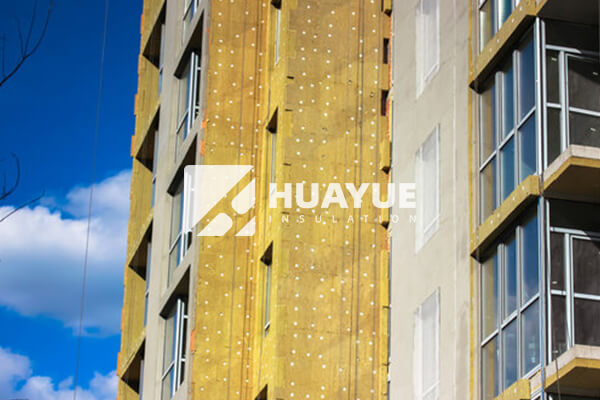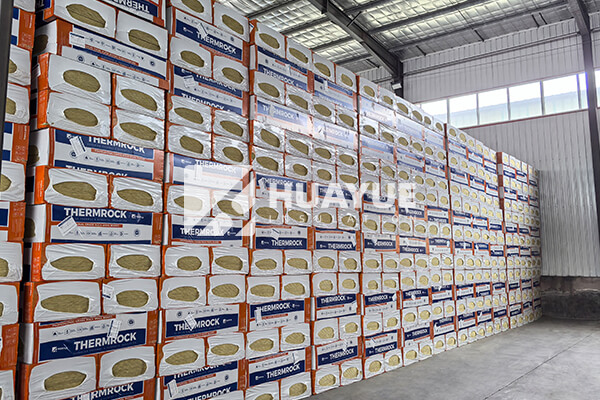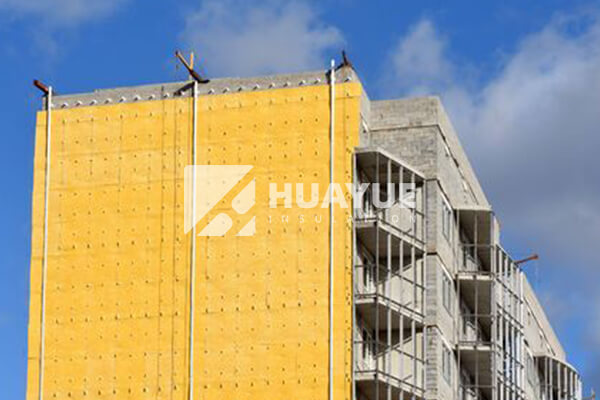How much does it really cost to use rock wool for exterior insulation?
People worry about the total cost and the long-term value of rock wool insulation. Everyone wants savings, but no one wants hidden issues.
Rock wool exterior insulation costs range from $5 to $12 per square meter, including both material and labor. Prices vary by region, project size, and specific product features. Bulk purchases reduce the cost per square meter.

High upfront costs make many stop and think. But the real picture is more than just price. Let’s look at the full story and keep going.
How much does it cost to insulate a house with Rock wool?
Homeowners want a comfortable home but worry about spending too much on insulation.
Insulating a whole house with rock wool usually costs between $7,000 and $20,000, depending on total area, wall thickness, labor, and local market prices.

I always look for ways to save on big investments. When I check prices for exterior rock wool insulation, I consider the product type, the local labor rates, and the total house area. Thicker panels or special grades of rock wool will increase the materials cost. Labor can vary by city or by how busy installers are during the season.
To clarify, here is a simple table showing a typical breakdown:
| Factor | Low Range | High Range |
|---|---|---|
| Material Cost | $4,000 | $12,000 |
| Labor Cost | $3,000 | $8,000 |
| Total Area | 100 m² | 250 m² |
Most suppliers offer better deals for large volumes. If the house is bigger or uses premium rock wool, expect higher costs. Regional costs also matter. Urban labor often costs more than suburban or rural labor. Sometimes, package deals with installation are available which can reduce overall expense.
Is Rock wool insulation good for exterior walls?
People want exterior insulation to last and protect the home. They do not want drafts or water damage.
Rock wool is a top choice for exterior walls. It resists moisture, stays stable in heat and cold, and does not burn. Rock wool protects walls from fire, water, and mold.

In my role, when I recommend insulation for a new home or renovation, I check for safety and durability. Rock wool is fireproof and keeps its shape over time. It does not absorb water, so it does not rot or form mold. In my experience, homes with rock wool insulation stay quieter and warmer in winter.
Here is how rock wool compares with some common insulation materials for exterior walls:
| Feature | Rock wool | Fiberglass | Foam Board |
|---|---|---|---|
| Fire Resistance | Excellent | Good | Poor |
| Water Absorption | Very Low | Moderate | Low |
| Mold Resistance | Excellent | Moderate | Good |
| Noise Blocking | Very Good | Good | Fair |
Rock wool makes homes safer and more energy-efficient. The panels fit tightly, which means less air escapes. Over time, this means lower energy bills and more comfort for families.
Is Rock wool insulation worth the extra cost?
Everyone wants to know if paying more for rock wool leads to lower bills or fewer repairs.
Rock wool insulation often costs more than fiberglass or foam, but it pays off in lower maintenance, fewer repairs, and higher fire safety.
When I look at the true value of a home upgrade, I count the years ahead. Rock wool does not break down, even in wet climates. I have seen homes stay quiet and dry longer with rock wool compared to cheaper insulation. There are fewer calls for mold repairs or wall replacements. Homeowners sleep better knowing their house is fire safe.
Here is a table showing rock wool’s extra value:
| Benefit | Value Added | Cost Relative to Fiberglass |
|---|---|---|
| Longevity | 30+ years | 1.5–2 times more |
| Fire Protection | High | Much higher |
| Moisture Control | Excellent | Much better |
| Utility Savings | Up to 20% | Higher upfront, lower lifetime cost |
After five to ten years, the price difference seems small compared to the comfort and safety. Some projects even see rebates or lower insurance costs. When making a decision, I always think about the full life cycle, not just the sticker price.
What is the downside of Rock wool?
Homeowners want to make sure every dollar counts. They need to know all the facts before spending.
Rock wool’s biggest downsides are higher initial cost, heavier weight, and more difficult installation compared to fiberglass. Some people find handling itchy, though less so than old fiberglass.
Handling rock wool can be tricky for installers. The panels are denser, which means they can weigh more and need strong fixings on walls. If a team is used to lighter materials like fiberglass, it takes extra time to learn proper installation. I have seen skilled workers manage this easily, but beginners may face delays. For small jobs, installation can take a day longer.
Here’s a comparison of common limitations:
| Drawback | Rock wool | Fiberglass | Foam Board |
|---|---|---|---|
| Weight | Heavy | Light | Moderate |
| Labor Intensity | Higher | Lower | Moderate |
| Cost | Higher | Lower | Moderate |
| Handling Comfort | Moderate | Poor | Good |
Most of my customers feel a little nervous at first, but once the job is done, the results speak louder than the challenges. I always suggest budgeting extra time if you want roc kwool, especially for large walls.
Conclusion
Rock wool costs more upfront, but its strength, fire safety, and long-term performance deliver lasting value for exterior insulation.
You may also be interested in:
Ready to Get Started?
Get in touch with our experts for personalized solutions tailored to your needs.
Get Free QuoteLatest Articles

Fiberglass Insulation Roll - What’s Inside the Roll?
Dec 22, 2025
Let's Work Together
Ready to take your business to the next level? Get in touch with our team of experts and let's discuss how we can help you achieve your goals.
Get Free Solutions






